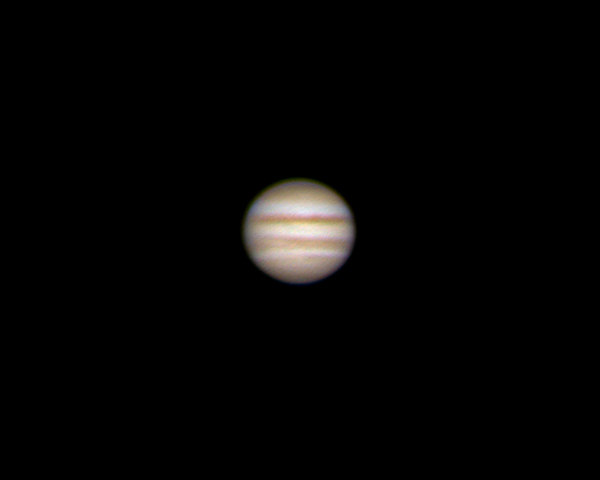On any clear night you can look out into space and see the other planets that share our little Solar System. You don't need any special equipment—five planets are visible to the naked eye—all you need is the knowledge of how to recognize a planet when you see one. The trick is easy: When you see a bright star in the sky, notice whether the star is twinkling or not. If the star is not twinkling, then chances are that you're looking at a planet. That's all there is to it. With that one bit of knowledge you can see the sky in a whole new way and every time you see a planet you will feel as if you've glimpsed a secret in plain sight. It will be as if an unseen universe were all around you and suddenly you were allowed to see.

You can reveal more of the unseen universe with a telescope. For ten-thousand years we have been looking up at the sky and no one could ever see a planet as anything more than a wandering point of light. But four centuries ago, Galileo looked at a planet through a telescope and glimpsed another secret: The planets are distant worlds. If you have a telescope you can point it at one of those untwinkling stars and see something like the blurry picture above. The image may be a lot smaller and it will certainly be a lot brighter, but you might be able to see some detail, like the bands of Jupiter in the blurry image.
But the eye is not always the best tool for revealing the universe. Just as a telescope enhances what the eye can see, we can use a computer to enhance what the telescope reveals. A digital camera can convert the telescopic vista into the stream of ones and zeros that a computer is so fond of. Once in digital form, the computer can reveal patterns that escape the eye. For example, you can take multiple noisy images and digitally combine them into a single, cleaner image. Then, you can use a program like Adobe Photoshop to sharpen the blurry image into focus. The result is the picture of Jupiter that you see at the top of the page.
Step by step the unseen universe can be unveiled. And you don't need to wait for NASA to show it to you (as wonderful as their images are), all you need is to know how to look.
